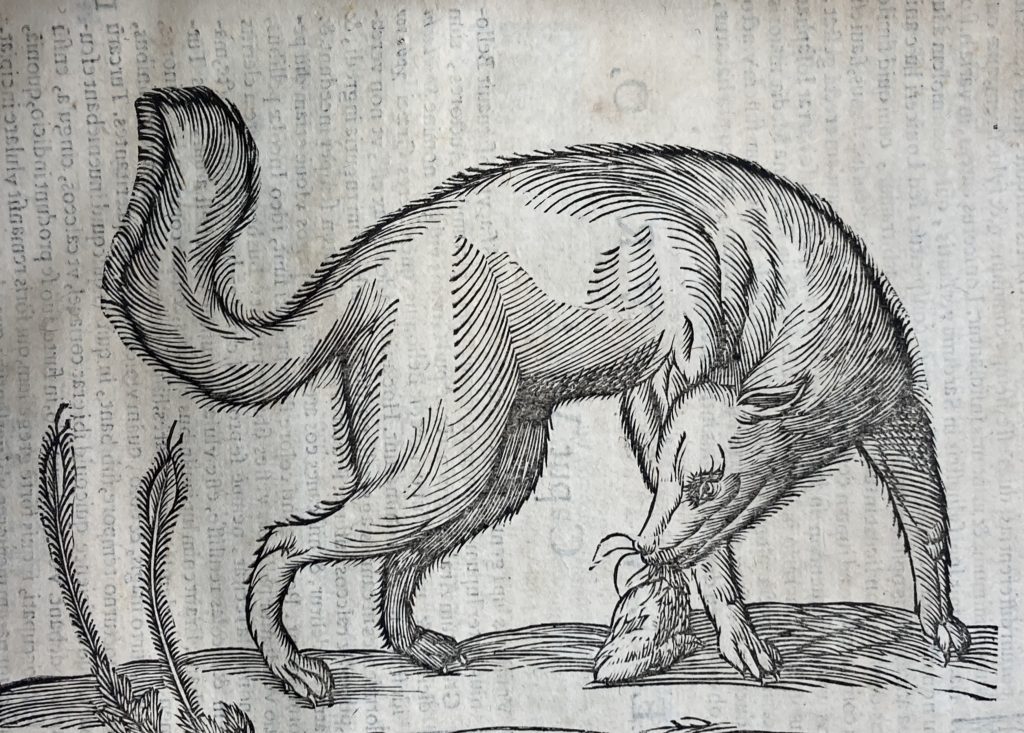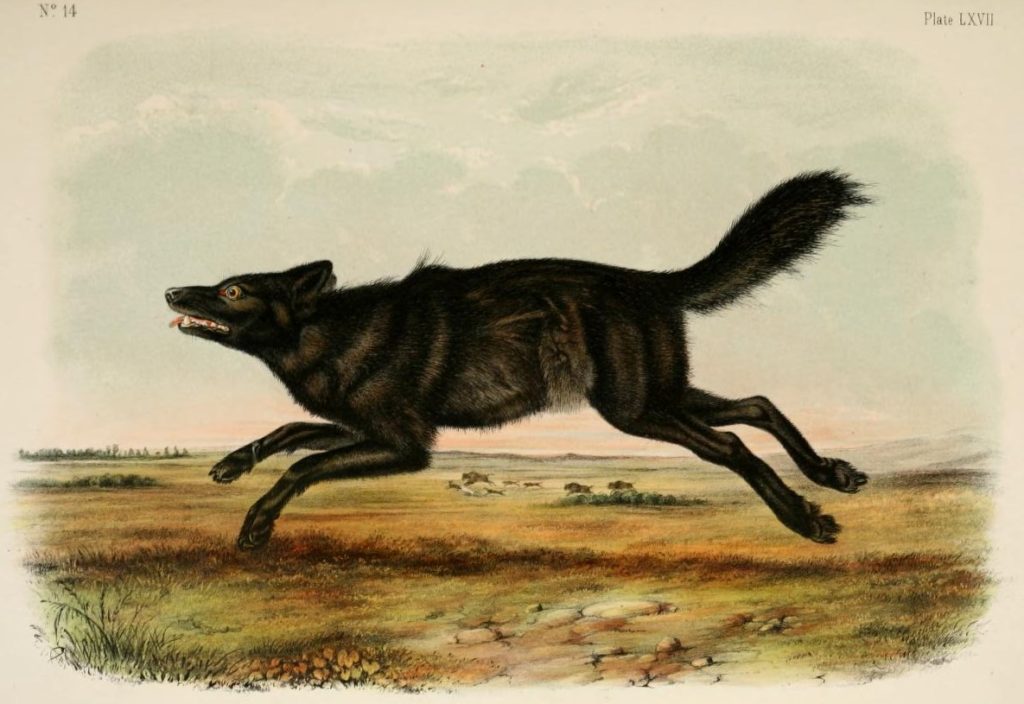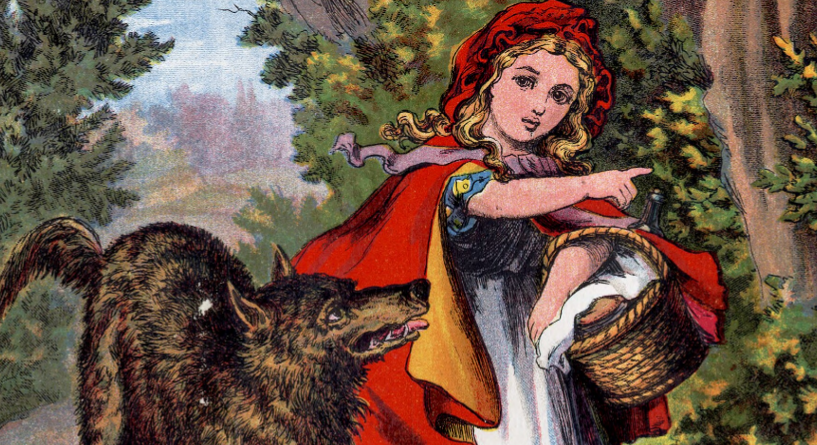By Discovery Fellow A. Bones
Starting this fellowship, I expected to be able to clearly pinpoint the exact sources through which the vindictive and villainous perceptions of wolves began. Wolves historically have always been the villain, which made a younger me feel both sorry for them and curious about why people hated them so much. We love dogs after all, don’t we? Why not their bigger, wilder ancestors?

The sixteenth-century writer and naturalist Ulisse Aldrovandi (1522-1605) gathered as many accounts of wolves from Biblical and Classical authors as he could in his Natural History.
I started my fellowship in order to answer these questions, alongside others such as “How are wolves generally perceived within media?” and “How did the negative perceptions of wolves start?” Although wolves have been identified as being among the most voracious eaters since ancient times, I particularly focused on the nineteenth century, when ideas of wolves could be found across scholarly works, such as John James Audubon’s Quadrupeds of North America (1845-1848), newspaper articles and stories, as well as within children’s literature and mythology.

Audubon’s Quadrupeds of America contained drawings “from life” of several different wolf species, including the American Black Wolf, here drawn by his son John W. Audubon.
The nineteenth-century perception of wolves is relatively uniform between the news and more scientific literature. In both types of writing, wolves appear as voracious, ravenously hungry, cunning, strong and quick. More surprising to me, these sources also describe wolves as arrogant and extremely cowardly. These ideas of wolves, especially the idea of the wolf as a sneaky coward, are extremely prevalent within narratives regarding wolves and how they should be dealt with during the 19th century.
Wolves during this time period were considered no better than many people in the modern day think of rats; they were pest animals, and a great scourge to innocent farmers and their livestock. Instead of being awed by, or afraid of, the howls of wolves in the night, some authors went as far as to denounce the wolf as a living creature and instead regard it as some ravenous thing only capable of hunger and cowardice.

This 1893 advertisement from the Globe-Republican (Dodge City, KS) is typical of many treatments of wolves in newspapers in the nineteenth century, searchable through the Library of Congress’ Chronicling America database. (Image: Kansas Historical Society/Chronicling America)
My observations regarding the removal of wolves from the consideration of being a living creature filled me with profound concern during my research, however it also sparked further questions to investigate. Such questions are how these views of wolves possibly affected fairytale interpretations of wolves and vice versa, as well as how such virulent anti-wolf attitudes eventually shifted to allow space for their conservation. Were wolves conserved pragmatically: since exploding deer populations gave their mindless hunger a good outlet? Or did conservationists emphasize their right to continue as a species? Did the treatment of wolves in folklore such as Little Red Riding Hood and 3 Little Pigs influence how news outlets and scholarly works wrote on how to handle wolves? I am eagerly looking forward to possibly drawing connections, or at the very least raising more questions that could help me dive deeper into how wolves are thought of and treated!
Featured Image credit: Little Red Riding Hood and the wolf, from an illustrated edition published in New York by McLoughlin Brothers, c. 1880. Image via the Baldwin Library Digital Collection.
